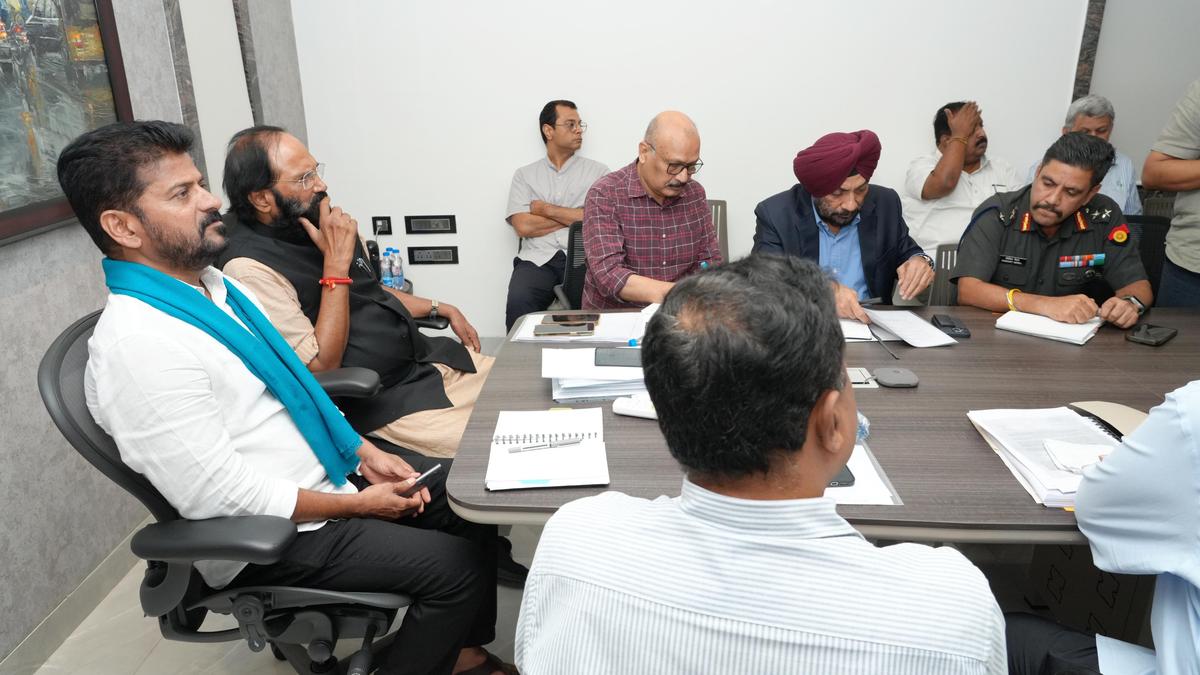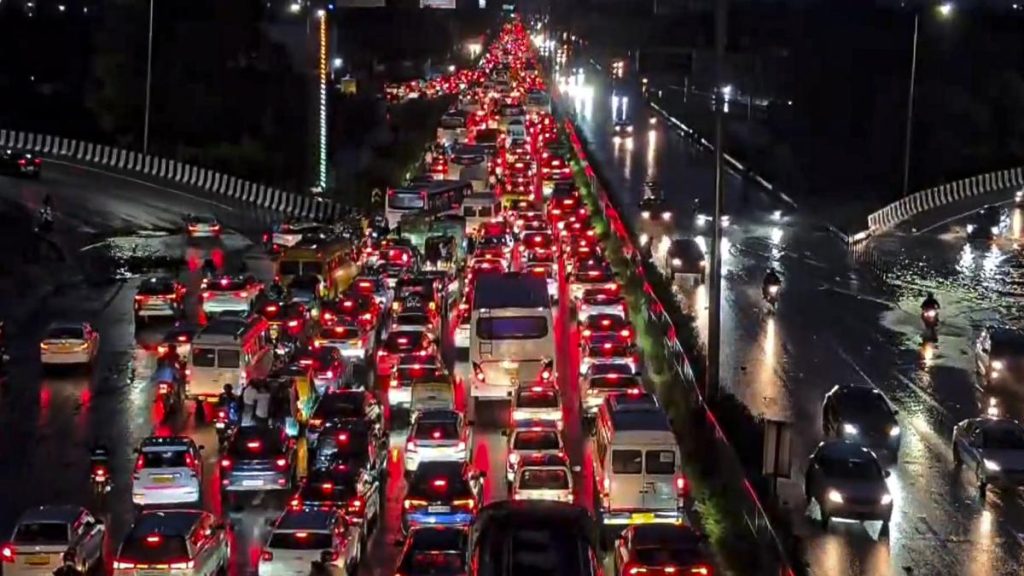Now Reading: CM Announces December 2027 Deadline for SLBC Project Completion
-
01
CM Announces December 2027 Deadline for SLBC Project Completion
CM Announces December 2027 Deadline for SLBC Project Completion

Quick Summary:
- Telangana Chief Minister A. Revanth Reddy has set December 9, 2027, as the deadline for completing and commissioning the Srisailam Left Bank Canal (SLBC) project.
- SLBC is deemed critical for Nalgonda district and the entire state due to its potential agricultural benefits, promising water supply without additional expenditure.
- Officials were instructed to expedite forest clearance processes and address technical challenges in areas between Srisailam and Akkampalli reservoirs.
- J.P. Associates was urged to prepare machinery for uninterrupted project execution. The agency may seek assistance from Singareni Collieries experts in tunneling works.
- Excavation is progressing with targets of advancing 175 metres monthly from both ends, requiring daily progress of seven metres; officials cited favorable geological conditions along with bolt placement needed just behind excavation faces.
- Tunneling progress: 21 km completed on one end, 14 km on another; remaining work will be closely supervised with regulated three-shift operations involving junior engineers documenting progress daily.
- Irrigation Minister N Uttam Kumar Reddy announced heli-borne surveys by the National Geophysical Research Institute (NGRI) to identify shear zones or weak formations near alignments.
- Government Advisor Lt Gen Harpal Singh emphasized training young engineers for capacity-building while spotlighting ventilation needs and redundant systems during deep tunneling operations.
Indian Opinion Analysis:
The Srisailam Left Bank Canal project underscores Telangana’s push towards bolstering water infrastructure critical to agriculture and economic growth across districts like Nalgonda. With firm leadership enforcing uncompromising deadlines,prioritizing forest clearances and expert collaboration suggests a proactive approach beneficial in overcoming technical challenges often associated with large-scale canal projects. Helicopter-based surveys by NGRI add scientific precision vital for enhancing safety during construction efforts around fault zones.
Operational planning-daily excavation targets paired with detailed record maintenance during shifts-is indicative of rigorous oversight ensuring accountability throughout implementation phases while advocating engineering expertise among younger professionals builds future self-reliance supporting national aspirations toward infrastructure mastery completion alignment transparently offers encouraging scalable feasibility level multi-model efficiencies no detraction arise key timelines visible.
Read more: [Link Placeholder]
























